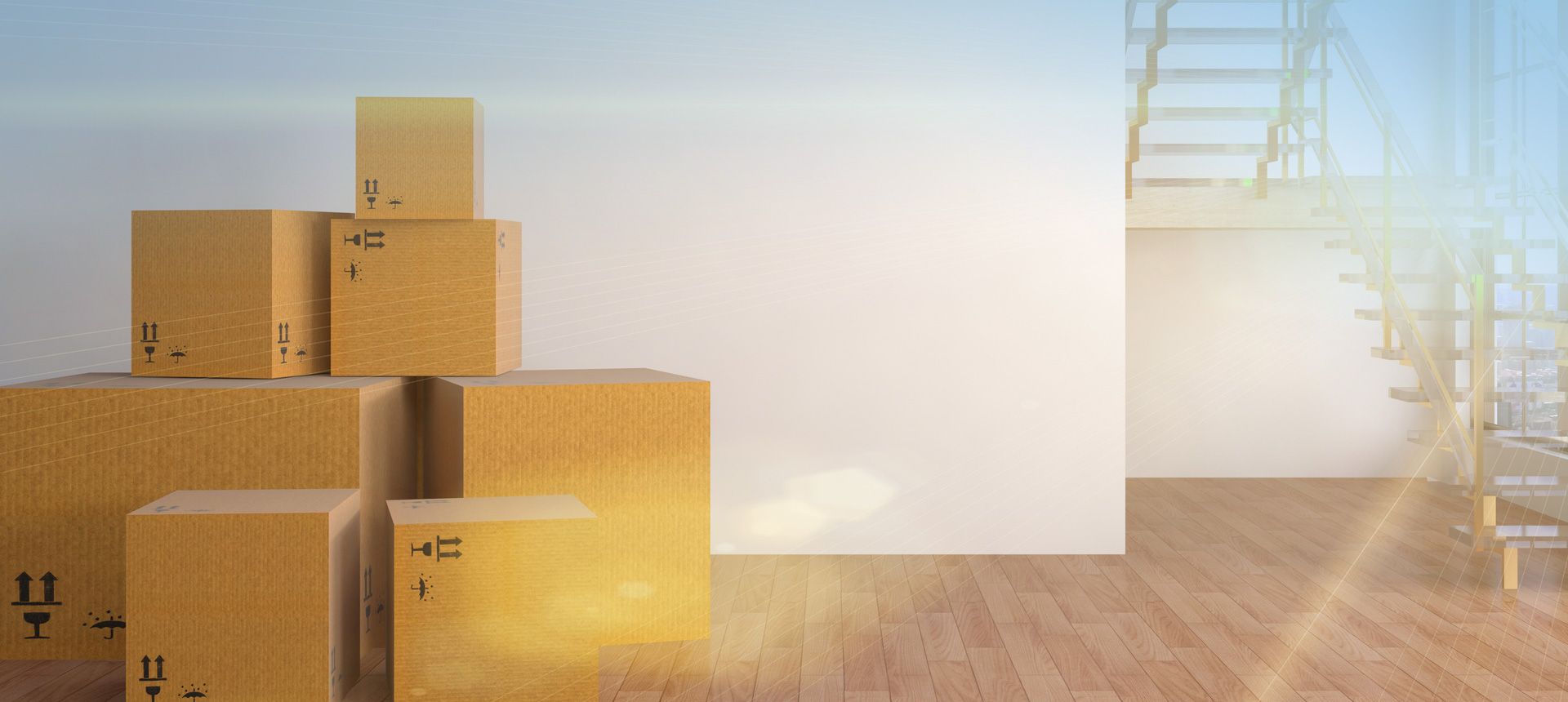Environment
People in Germany are very environmentally conscious. In a country with limited resources and a large population, it’s no wonder most people agree when it comes to recycling, nature conservation and renewable energy. Germany is actually a leading user of solar power. This high degree of environmental awareness can even be observed in private households. The German people are some of the world’s most productive waste collectors – and with good reason. Efforts to fight against a “throwaway culture” have led to a drastic reduction in waste, and Germany’s innovative approaches are used as models in Europe.
If you’ve just arrived in Germany, it’s important that you familiarise yourself with the local recycling regulations and observe them. If you’re looking for a fight with the neighbours, you’ll easily find one if you don’t sort out your waste as instructed. Germany’s waste separation rules are admittedly extensive and different in every city. While bins are put in residential buildings in many cities, other cities have central waste collection points. But ignorance is no excuse: You can obtain the relevant information from your local authorities, or you can just ask your neighbours. The general rule is that everything is recycled in Germany. We’ve put together a summary of the most important rules for you.
Bottle deposits
Over the past few years, Germany has introduced an extensive system of bottle deposits (Pfand): A 25-cent deposit has been placed on plastic bottles and tin cans, and an 8-cent deposit is now levied on glass (mostly mineral water and beer bottles). This deposit system covers all carbonated beverages, water and beer; wine and non-carbonated beverages are not included. You get your deposit back when you return bottles to supermarkets and drink outlets, where you’ll find the appropriate machines. You should return bottles to the shop where you bought them, as some shops only accept the brands they sell themselves.
Waste glass
You should put all glass that does not contain a deposit in waste containers; you can find these at various points around the city. Glass is sorted by colour: green, white and brown.
Waste paper
Newspapers, magazines, cardboard boxes and all paper and cardboard packaging should be put in a waste paper bin. These bins are green or blue – and sometimes just their lids – depending on where you live. Make sure you tear up cardboard boxes into smaller pieces before putting them in the bin.
Plastic
Aluminium, tin cans, plastic packaging and containers, polystyrene and things made of composites like cartons and aerosol cans should be put in the yellow bin. Look for the “Green Dot” to make sure.
Organic waste
Kitchen waste, egg shells, fruit peel, leftover food, coffee filters, tea bags and garden waste should be put in the brown bin for organic waste. This type of waste accounts for 50% of Germany’s total waste.
Old clothes and shoes
Old clothes and shoes are often collected from houses by charities after announcing their collections a few days in advance. However, the city is also full of containers that are emptied by various commercial organisations.
Electronic devices, small appliances and furniture
This bulk waste is known as Sperrmüll, which is collected three to four times a year. Collection dates are announced beforehand.
Household waste
If you’ve still got waste left in your household, this belongs in the grey bin (Restmüll). This includes cigarette packets, sanitary products, rags, nappies and old kitchen appliances.



